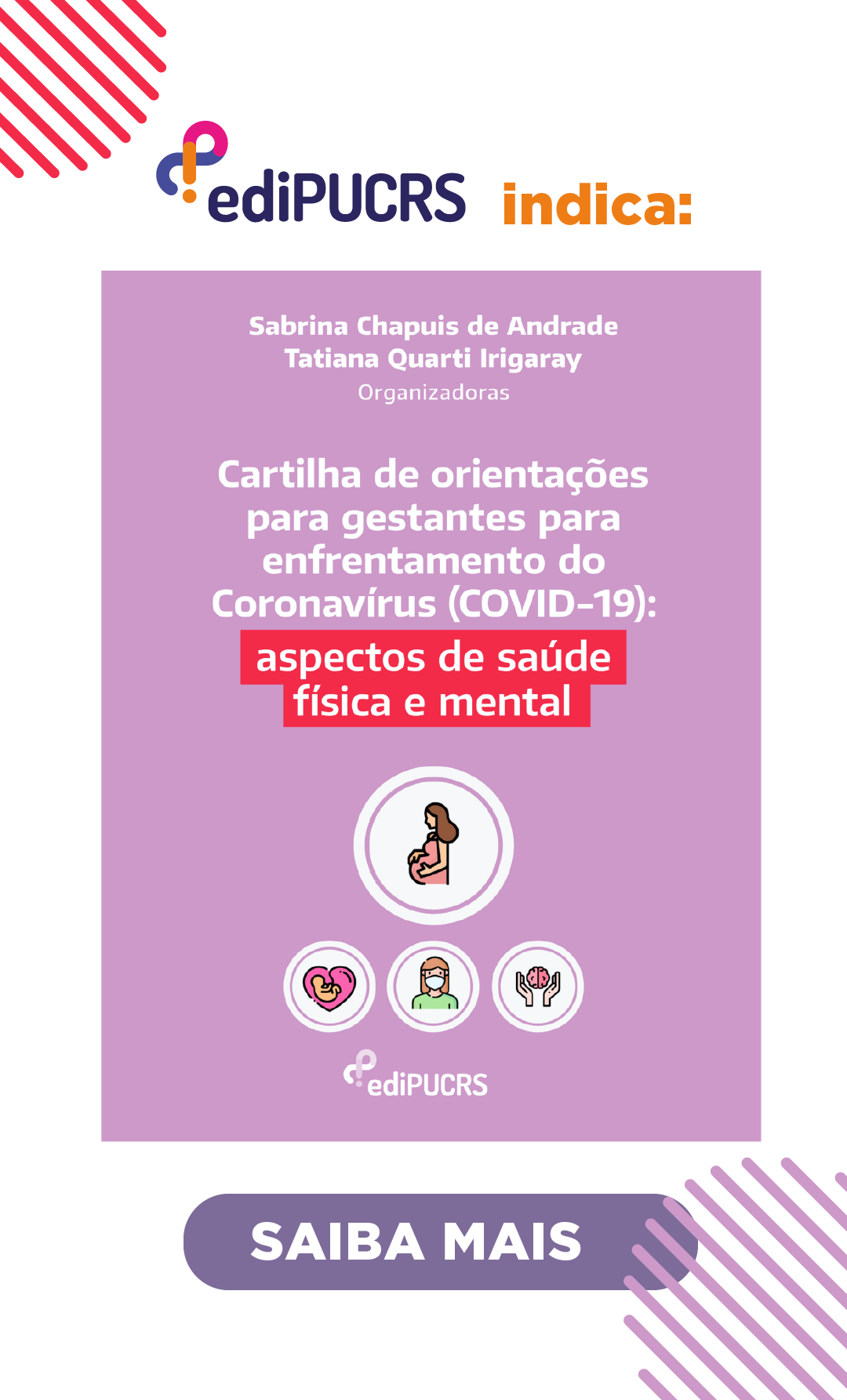Functionality evaluation of subjects of the same family with Kennedy's Disease
DOI:
https://doi.org/10.15448/1980-6108.2017.4.27221Keywords:
International Classification of Functioning, Disability and Health, neuromuscular diseases, evaluation.Abstract
AIMS: To assess the functionality of individuals of a same family who present Kennedy's disease, and to compare it with the results obtained after one year and a half to verify the evolution of the disease.
METHODS: Case series, in which six individuals with Kennedy's disease were evaluated in two moments separated by one year and a half. The instrument used was the Core Set for International Classification of Functioning, Disability and Health for neuromuscular diseases. This structured questionnaire seeks information on health domains, functional situations and their restrictions. The data were analyzed in SPSS version 20.0, with descriptive analysis.
RESULTS: After one year and a half the body function components worsened, with consequent decline in function, demonstrated in the activity and participation component. Only one domain of the body function component had improvement in the second evaluation. During the evaluation period, several facilitating environmental factors (bars or stair rails, internal bars in residences, ramps, health plan, gaiters, automobile, telephone and electronic gate) remained. However, the magnitude of the deficiency of some products and supporting technologies (stairs and bathroom without bars) increased, which may have impaired the functionality of these individuals.
CONCLUSIONS: Functionality was altered in individuals with Kennedy's disease, and the disease progression has accentuated the deficiency in the components of the International Classification of Functionality after one year and a half. There was a lack of some supporting products and technologies to personal use in daily life.
Downloads
References
Kaimen-Maciel DR, Medeiros M, Clímaco V, Kelian GR, da Silva LS, de Souza MM, Raskin S. X-linked recessive bulbospinal muscular atrophy (Kennedy's disease): study of a family. Arquivos de neuro-psiquiatria 1998;56(3B):639-45.
Kassubek J, Juengling FD, Sperfeld AD. Widespread white matter changes in Kennedy disease: a voxel based morphometry study. J Neurol Neurosurg Psychiatry 2007;78(11):1209-12. https://doi.org/10.1136/jnnp.2006.112532
Gómez-Calero Vc, Cornejo-Olivas M, Ortega O, Marca V, Lindo-Samanamud S, Flores M, Torres-Ramírez L, Mazzetti P. Enfermedad de Kennedy en el Perú: Primeros casos con diagnóstico molecular. Rev Peru Med Exp Salud Publica 2013;30(2):331-5.
Skoretz SA, Yee MS, Martino R. Complications after cardiovascular surgery in a case of undiagnosed spinal-bulbar muscular atrophy (Kennedy disease). Am J Crit Care 2012;21(2):139-8. https://doi.org/10.4037/ajcc2012453
Kouyoumdjian JA, Morita Mda P, Araujo RG. X-linked spinal and bulbar muscular atrophy (Kennedy's disease) with long-term electrophysiological evaluation: case report. Arq Neuropsiquiatr 2005;63(1):154-9. https://doi.org/10.1590/S0004-282X2005000100028
Dias FA, Munhoz RP, Raskin S, Werneck LC, Teive HA. Tremor in X-linked recessive spinal and bulbar muscular atrophy (Kennedy's disease). Clinics (Sao Paulo) 2011;66(6):955-7. https://doi.org/10.1590/S1807-59322011000600006
Seefeld M, Cunha FM, Ferraz LE, Scola RH, Werneck LC. Doença de Kennedy: relato de dois casos. Arq neuropsiquiatr 1995;53(3, pt. A):471-4.
Fischbeck KH, Ionasescu V, Ritter AW, Ionasescu R, Davies K, Ball S, Bosch P, Burns T, Hausmanowa-Petrusewicz I, Borkowska J, Ringel SP, Stern LZ. Localization of the gene for X-linked spinal muscular atrophy. Neurology 1986;36(12):1595-8. https://doi.org/10.1212/WNL.36.12.1595
La Spada AR, Wilson EM, Lubahn DB, Harding AE, Fischbeck KH. Androgen receptor gene mutations in X-linked spinal and bulbar muscular atrophy. Nature 1991;352(6330):77-9. https://doi.org/10.1038/352077a0
Igarashi S, Tanno Y, Onodera O, Yamazaki M, Sato S, Ishikawa A, Miyatani N, Nagashima M, Ishikawa Y, Sahashi K, Ibi T, Miyatake T, Tsuji S. Strong correlation between the number of CAG repeats in androgen receptor genes and the clinical onset of features of spinal and bulbar muscular atrophy. Neurology 1992;42(12):2300-2. https://doi.org/10.1212/WNL.42.12.2300
OMS. CIF: classificação internacional de funcionalidade, incapacidade e saúde. In: Saúde OMd, editor.: Editora da Universidade de São Paulo São Paulo; 2003.
Riberto M. Core sets da Classificação Internacional de Funcionalidade, Incapacidade e Saúde. Rev Bras Enferm 2011;64(5):938-46. https://doi.org/10.1590/S0034-71672011000500021
Ustun B, Chatterji S, Kostanjsek N. Comments from WHO for the Journal of Rehabilitation Medicine Special Supplement on ICF Core Sets. J Rehabil Med 2004(44 Suppl):7-8.
Bos I, Stallinga HA, Middel B, Kuks JB, Wynia K. Validation of the ICF core set for neuromuscular diseases. Eur J Phys Rehabil Med 2013;49(2):179-87.
Tarini V, Vilas L, Cunha M, Oliveira A. O exercício em doenças neuromusculares. Rev Neurociencias 2005;13(2):67-73.
Lexell J, Brogårdh C. The use of ICF in the neurorehabilitation process. NeuroRehabilitation 2015;36(1):5-9. http://dx.doi.org/10.3233/NRE-141184
Cieza A, Ewert T, Ustun TB, et al. Development of ICF Core Sets for patients with chronic conditions. J Rehabil Med 2004(44 Suppl):9-11.





